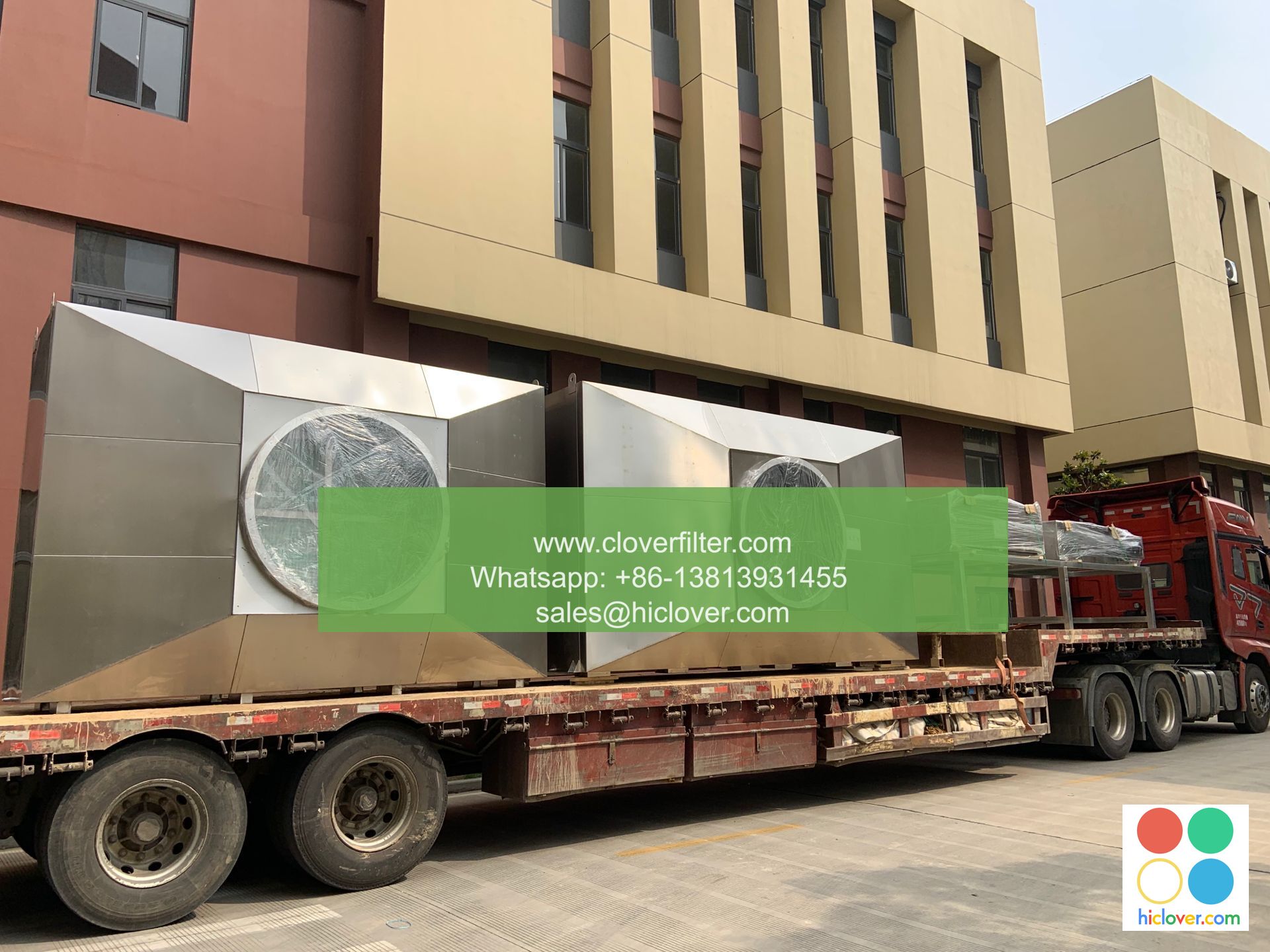The Science of Air Filter Parts: How They Remove Bacteria and Viruses

Air filters are a crucial component in maintaining indoor air quality, and their parts play a significant role in removing airborne contaminants such as bacteria, viruses, and other microorganisms. In this article, we will delve into the science behind air filter parts and explore their application areas in various industries.
Introduction to Air Filter Parts
Air filter parts, including HEPA filters, activated carbon filters, and pre-filters, work together to capture and eliminate airborne pollutants. These parts are designed to provide a comprehensive solution for indoor air purification, ensuring a healthy and clean environment for occupants.
How Air Filter Parts Remove Bacteria and Viruses
The process of removing bacteria and viruses from the air involves several key mechanisms:
– Mechanical filtration: Air filter parts use a combination of filter media, such as fiberglass and polyester, to capture particles as small as 0.3 microns, including bacteria and viruses.
– Electrostatic attraction: Some air filter parts, like electrostatic precipitators, use an electrostatic charge to attract and trap airborne particles, including microorganisms.
– Activated carbon filtration: Activated carbon filters are designed to capture gases and odors, as well as some microorganisms, through a process of chemical adsorption.
Application Areas of Air Filter Parts
Air filter parts have a wide range of applications in various industries, including:
– Healthcare: Air filter parts are used in hospitals and healthcare facilities to prevent the spread of airborne diseases and maintain a sterile environment.
– Commercial buildings: Air filter parts are used in office buildings, shopping centers, and other commercial spaces to improve indoor air quality and reduce the risk of airborne infections.
– Industrial settings: Air filter parts are used in industrial settings, such as manufacturing plants and warehouses, to remove airborne contaminants and prevent equipment damage.
– Residential homes: Air filter parts are used in residential homes to improve indoor air quality, reduce allergy symptoms, and prevent the spread of airborne illnesses.
Key Benefits of Air Filter Parts
The use of air filter parts offers several key benefits, including:
– Improved indoor air quality: Air filter parts help remove airborne pollutants, resulting in cleaner and healthier air.
– Reduced risk of airborne infections: By removing bacteria and viruses from the air, air filter parts can help prevent the spread of airborne diseases.
– Increased energy efficiency: Air filter parts can help reduce energy consumption by improving the efficiency of HVAC systems.
– Extended equipment life: Air filter parts can help extend the life of HVAC equipment by reducing the risk of damage from airborne contaminants.
Conclusion
In conclusion, air filter parts play a vital role in removing bacteria and viruses from the air, and their application areas are diverse and widespread. By understanding the science behind air filter parts and their various applications, we can better appreciate the importance of indoor air quality and the role that air filter parts play in maintaining a healthy and clean environment. Whether in healthcare, commercial buildings, industrial settings, or residential homes, air filter parts are an essential component in the pursuit of clean and healthy air. It seems like you didn’t include a prompt for me to respond to. Please go ahead and provide a question, topic, or task you’d like help with, and I’ll do my best to assist you!

